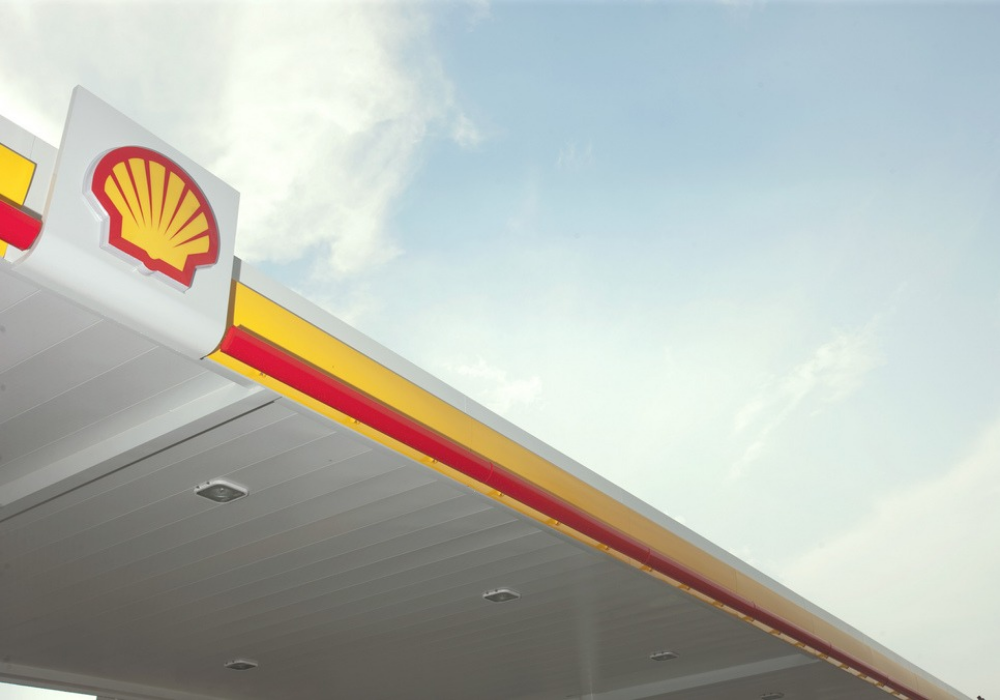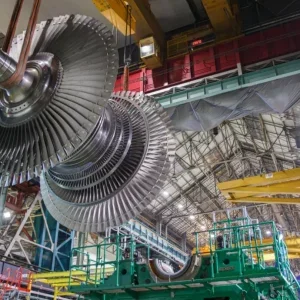
Royal Dutch Shell is at risk of falling short on its plans to invest in green energy projects by the end of 2020, according to reports.
The slow progress being made by the British-Dutch oil and gas major is likely to raise questions as to whether companies in the industry are acting quickly enough to combat increasing climate concerns.
Shell’s investment target for green energy projects was set at between $4bn and $6bn between 2016 and the end of 2020 — but with less than a year to go, The Guardian says the sum is “well below” those figures.
How much has Royal Dutch Shell invested in its green energy targets?
The green energy targets set out by Shell are among the most ambitious in the oil industry.
Its New Energies strategy covers several areas including electricity, wind and solar, electric vehicle charging, and initiatives to encourage the adoption of hydrogen fuel cell electric vehicles.
But despite the oil major’s appetite to invest in new technologies, only 10% of its spending pot has been distributed to the strategy.
Since laying out the plans in 2016, Shell spent a reported $2bn on the construction of a low-carbon energy and electricity generation business in the same year — ensuring it was on course to meet its targets.

In 2017, the firm informed investors it would spend between $1bn and $2bn annually on developing a clean energy business until the end of 2020, an increase on previous plans to spend up to $1bn a year across the same time frame.
But the firm is believed to be considerably short of its green investment targets, having so far met about a third of its $6bn goal.
In that same time frame, The Guardian says Shell has spent more than $120bn on developing fossil fuel projects, despite global efforts to reduce the use of such high-polluting sources.
Data from Norway-based consultancy firm Rystad Energy shows Europe’s five biggest oil companies – Shell, Total, BP, Eni, and Equinor – have so far spent a combined total of $5.5bn on renewable energy projects.
Last year alone, their combined total budget was $90bn — raising further questions around the major firms’ commitment to combating climate change.
Greenpeace Netherlands’ climate and energy campaigner, Kees Kodde, claims the latest developments “show that Shell is not changing in any meaningful way”.
“Contrary to what is needed to stop the climate emergency, Shell is planning to increase its production of oil and gas by 38% by 2030,” he added.
“It is investing most of its money in countries that are turning away from the Paris Agreement, like the US and Brazil.
“Greenpeace and other NGOs are taking Shell to court. We filed the summons in April 2019 and we expect the first hearing in the case in 2020.
“As long as governments remain unable to steer oil companies in a sustainable direction, we hope the courts will.”
Takeover blow impacted on Royal Dutch Shell’s green energy targets
Shell was dealt a major blow in its plans to invest in clean energy projects in 2019, when it failed in its attempts to buy Dutch utility company Eneco.
The Rotterdam-based firm has an extensive renewable energy portfolio, which would have boosted Shell’s spending figures towards its target.
It would have added to the company’s previous acquisitions of UK energy supplier First Utility, French renewable energy developer, Eolfi, and its 49% stake in Australian solar company ESCO Pacific.
But Japanese multinational firm Mitsubishi put a spanner in the works when it sealed a $4.1bn deal for Eneco in November last year.
Despite this setback and Shell currently not being on course to hit its green energy targets, the company has said it is aiming to spend between $2bn and $3bn as part of its new energies division each year from 2021 to 2025.
Royal Dutch Shell’s commitments to cutting carbon emissions
Although the oil giant’s green energy projects are currently stalling, last year the firm announced plans to halve its net carbon footprint by 2050.
Before then, the company is aiming for a 20% reduction by 2035 compared with its 2016 level as it seeks to show investors its intentions of staying in line with the spirit and ambitions of 2015’s Paris Agreement.
One way in which Shell plans to reduce its greenhouse gas emissions is by using carbon capture and storage (CCS) technology, which collects and holds CO2 deep underground, therefore preventing it from polluting the atmosphere.
It is also in the midst of working with its partners to discover ways of using the stored CO2 once it has been captured, and claims CCS technology will be pivotal to the global climate response.






